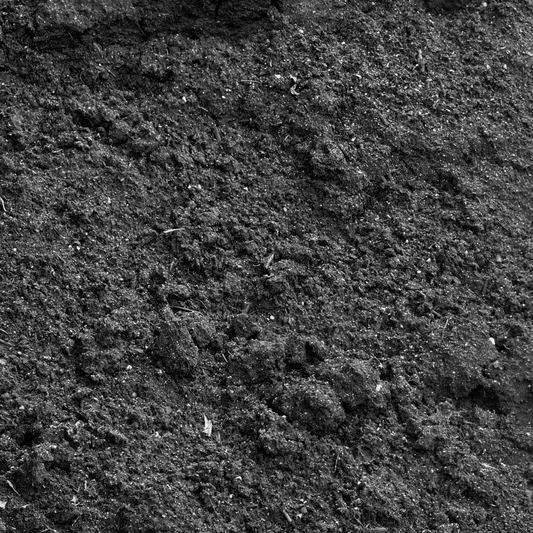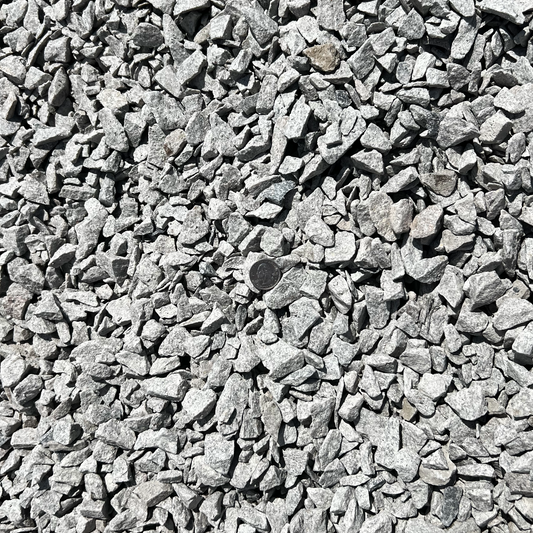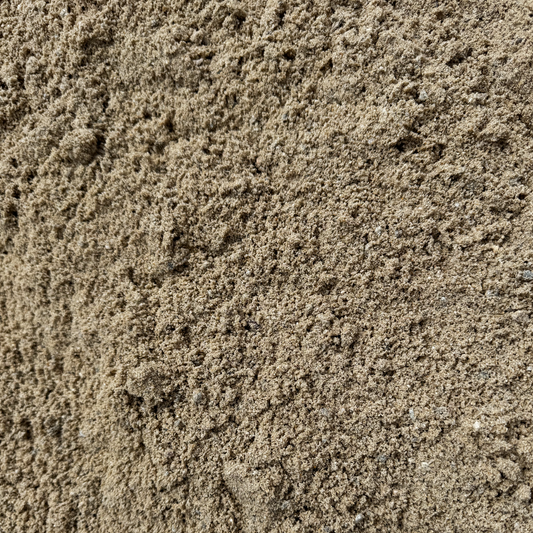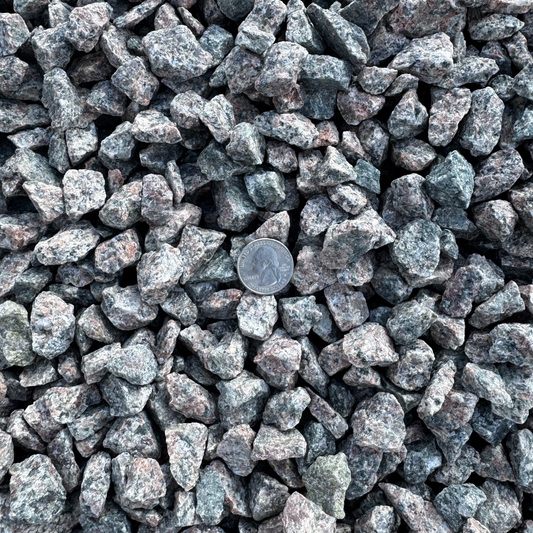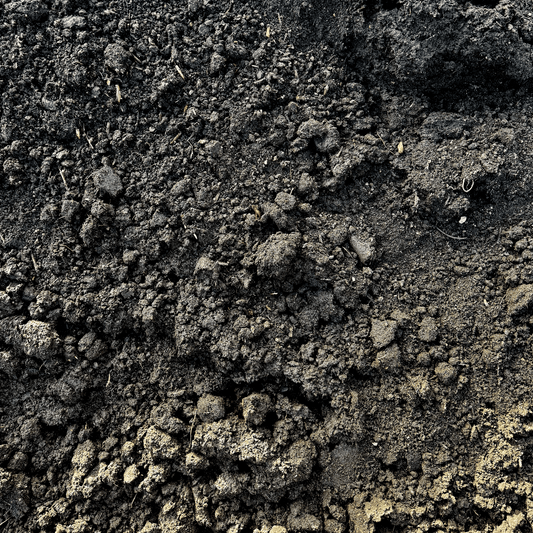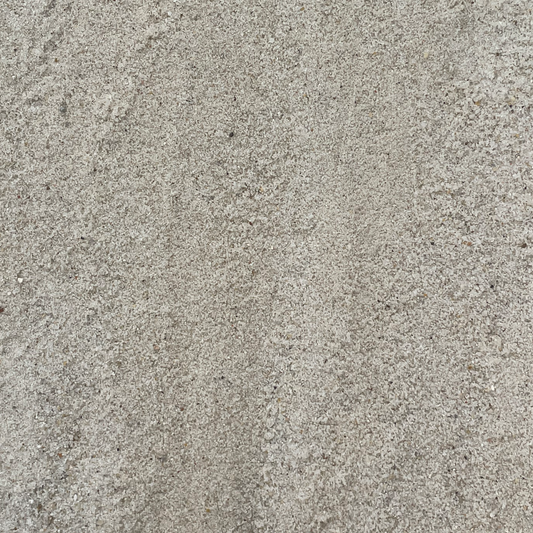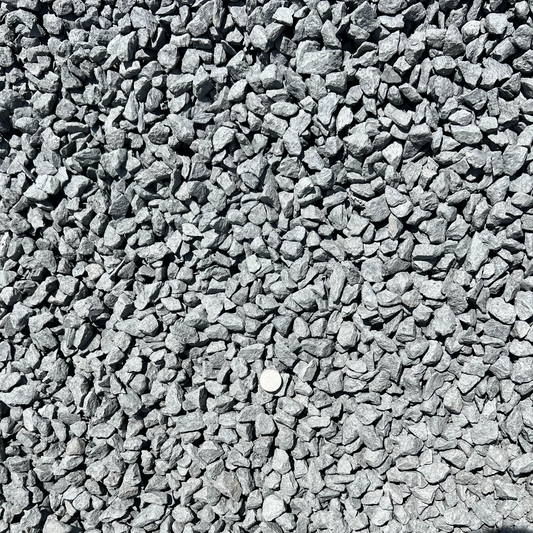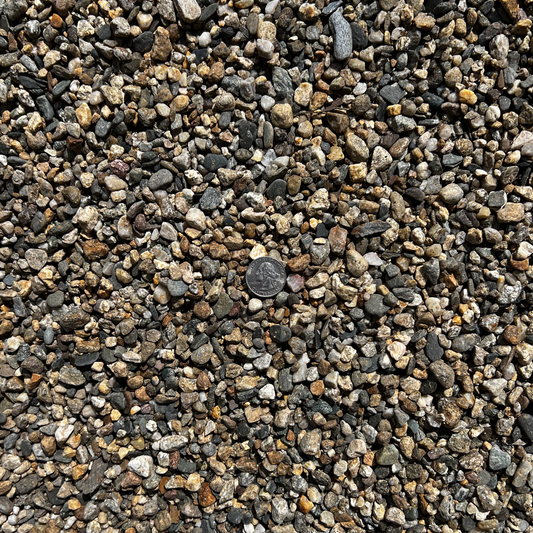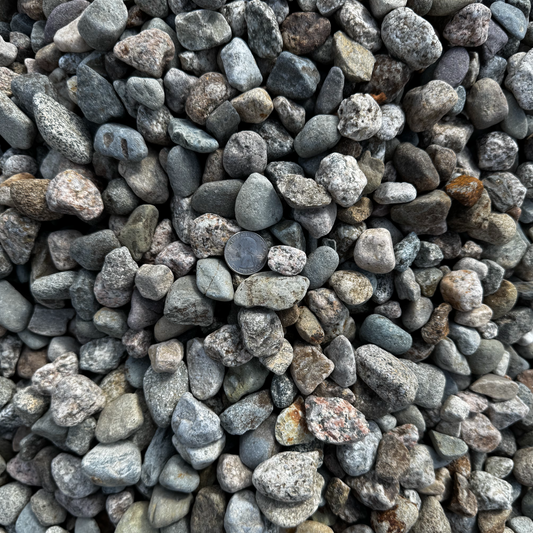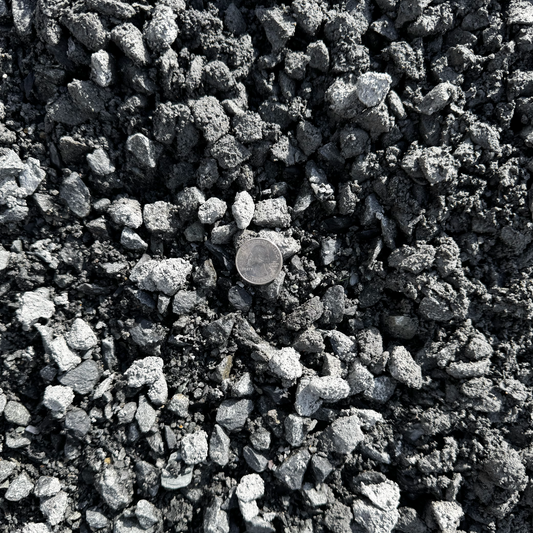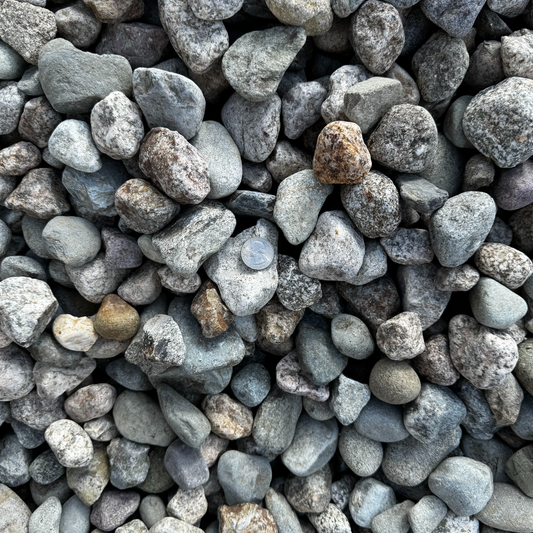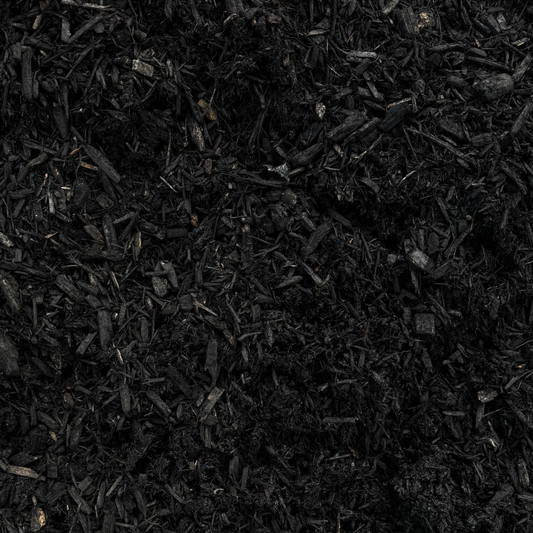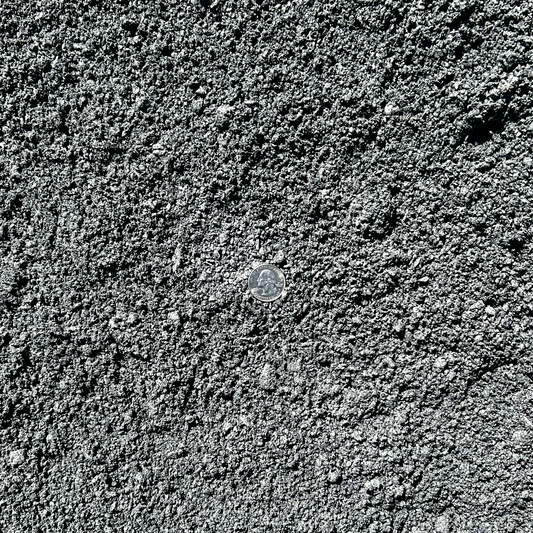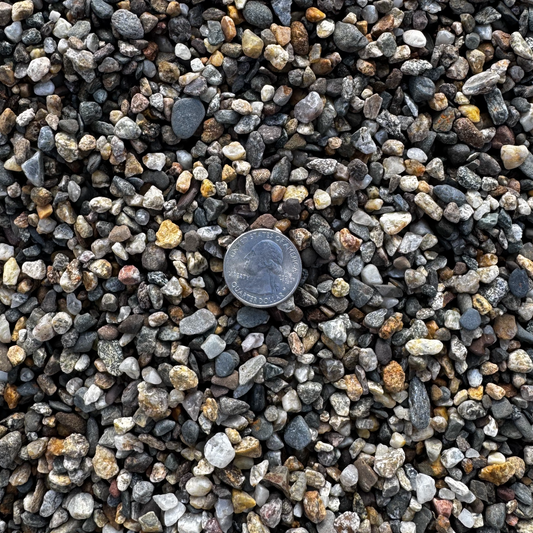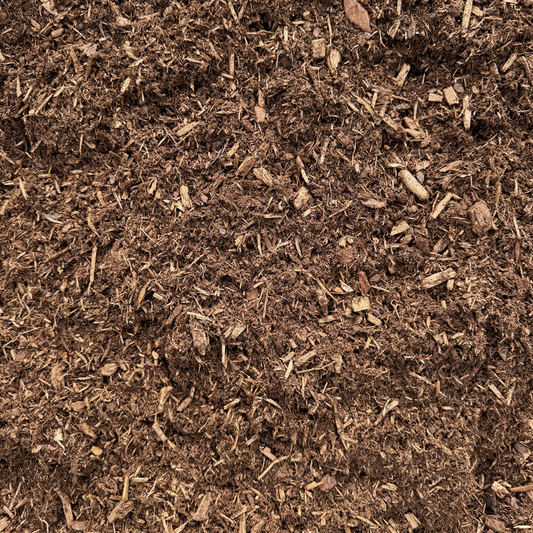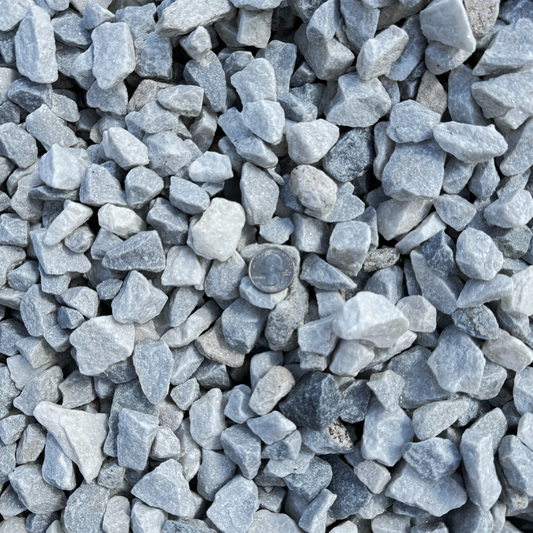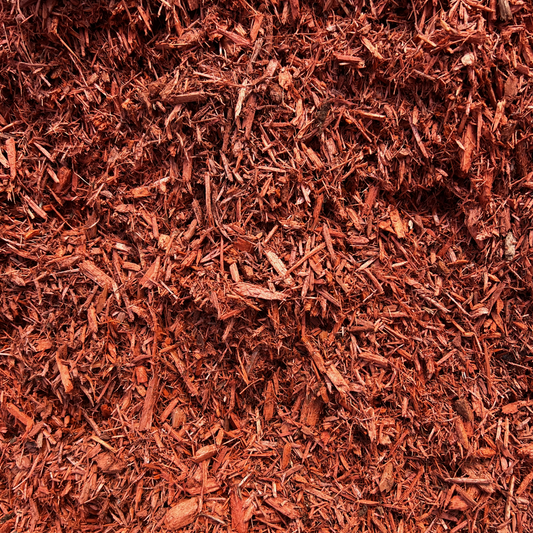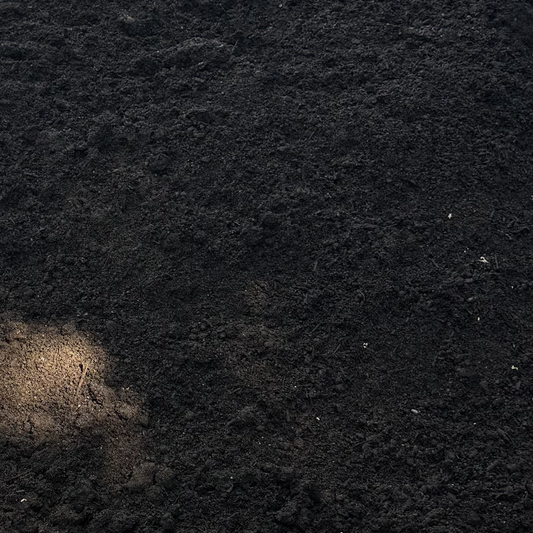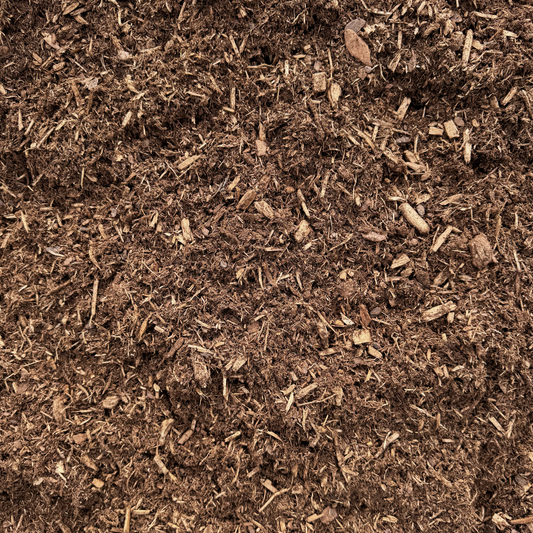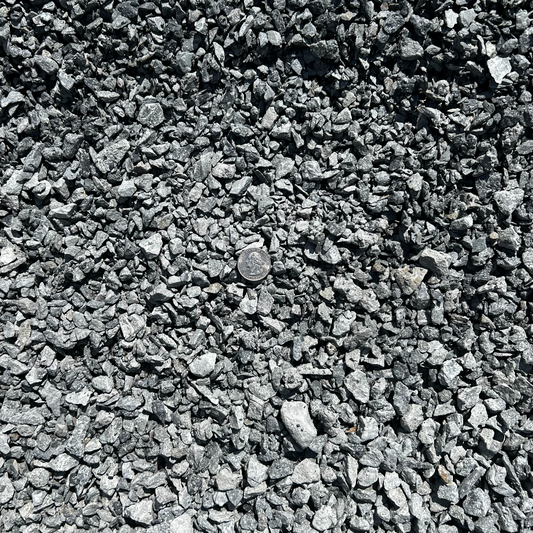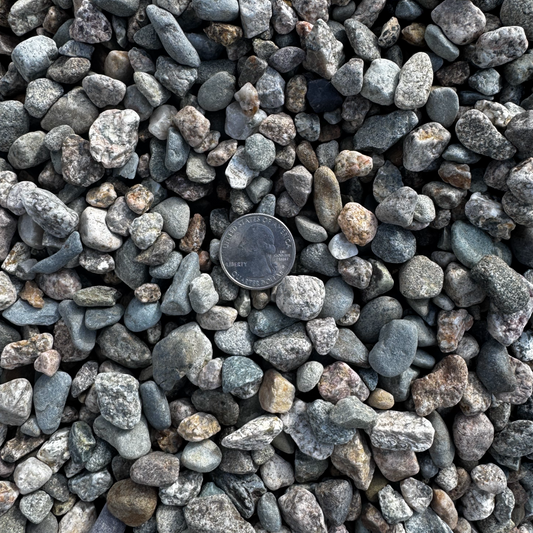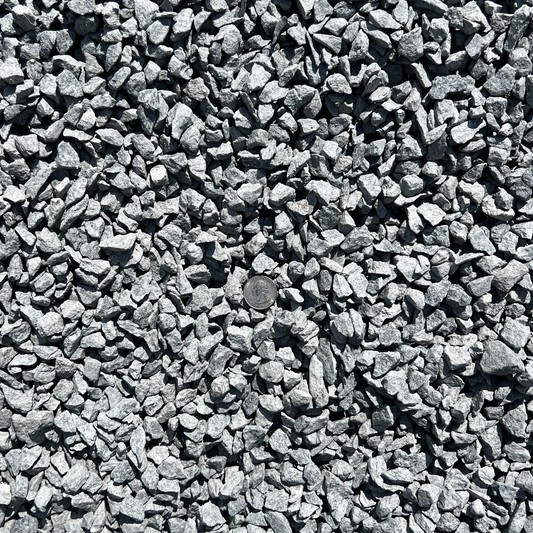How to Maintain a Gravel Path
Key Takeaways
-
Gravel paths offer a charming and functional addition to any landscape.
-
Regular maintenance ensures they stay level, clean, and attractive.
-
With periodic checks and minor upkeep, your gravel path can last for years.
Winding gravel paths bring a rustic charm to gardens, driveways, and walkways — blending natural beauty with practicality. But just like any outdoor feature, they need a little care to stay walkable and picture-perfect. Whether you’ve just installed a new gravel path or you’re maintaining an existing one, here’s what you need to know.
Want to calculate how much gravel you’ll need? Check out our guide on how to calculate cubic yards of gravel.
1. Rake It Right: Keep Your Path Level
Gravel shifts over time. Rain, foot traffic, and natural settling can create dips, high spots, or uneven surfaces.
Quick Fix:
Use a landscape rake or sturdy garden rake to level the surface. Focus on high-traffic areas, edges, and any visible dips. Raking not only smooths the surface but also redistributes the gravel where it's needed most.
Pro Tip:
Rake your path at least once a month, or more frequently in high-use areas.
2. Weed Control: Stay Ahead of Growth
Even with a proper weed barrier beneath your gravel, nature can find a way. Weeds love to grow along edges and in disturbed sections.
What to Do:
-
Hand-pull weeds as soon as they appear.
-
Spot-treat with a natural weed killer or vinegar-based spray.
-
Consider reapplying or upgrading your weed barrier fabric during regrading or resurfacing.
3. Gravel Top-Ups: Refill and Refresh
Over time, your gravel layer will compact, wash away, or thin out — especially with heavy use or exposure to water runoff.
Solution:
Top off your path with a fresh layer of gravel every 1–2 years, depending on usage and material loss. This keeps your path looking clean and hides the weed barrier beneath.
How Much Do You Need?
Typically, a 1-inch top-up every few years is sufficient. Use our gravel calculator to estimate how much material to order.
4. Choose the Right Gravel from the Start
Gravel size and shape matter. Angular gravel (like crushed stone or decomposed granite) locks together better than rounded pea gravel, making it easier to maintain and less likely to shift.
Recommended Options for Gravel Paths:
-
¼” to ⅜” crushed stone
-
Decomposed granite
-
Pea gravel (for light-use paths or decorative areas)
5. Edge Control: Define Your Path
Path edges are often where gravel escapes, weeds creep in, or grass overtakes.
Prevent Spread:
Install edging materials such as metal, wood, stone, or paver edging to keep gravel in place and your path defined.
Final Thoughts
Gravel paths offer a timeless look — but staying storybook-worthy requires a little effort. With regular raking, occasional top-ups, and a watchful eye for weeds, your path can stay tidy and functional for years to come.
Looking to build or refresh your gravel path?
At Ottr Mulch, Rock & Soil Delivery, we supply high-quality gravel and aggregate delivered right to your home or job site. Shop our products online or request a quote today — we’ll help you find the right material for your path and make sure you get the quantity you need.

